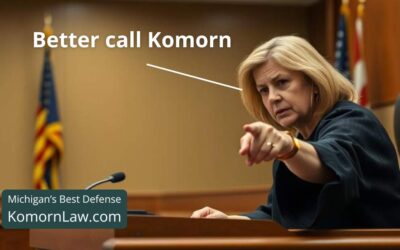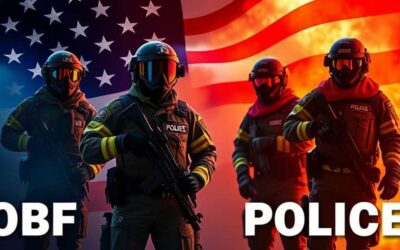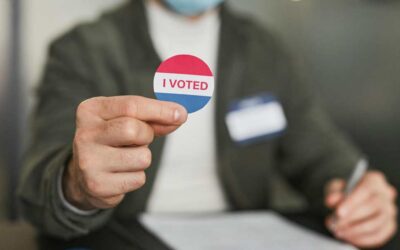- Mexican Revolution – With the start of the Mexican Revolution in 1910, however, many Mexicans began moving to the United States, and they brought with them the tradition of smoking marihuana
- Harry J. Anslinger – In the 1930s Harry J. Anslinger, head of the Federal Bureau of Narcotics, turned the battle against marijuana into an all-out war.
- Nixon Schafer Report – Nixon Oval Office Recordings Reveal Roots of Marijuana Prohibition.
- Anti-Drug Abuse Act signed by President Ronald Reagan
- Just Say No – President George Bush’s war on drugs
- 1994 Crime Bill – President Bill Clinton proposes alternatives to prison for users and nonviolent cases.
Why is Marijuana a Schedule 1 Drug?
It all dates back to 1970, when Congress passed the Controlled Substance Act, which was signed by President Richard Nixon. The act established the schedules by which drugs would be classified and temporarily listed marijuana as a Schedule I substance, subject to review
The administration then formed a commission to study marijuana and advise the administration on where it should be permanently placed. Two years after the Controlled Substance Act, the National Commission on Marihuana and Drug Abuse issued a series of reports
The U.S. Drug Enforcement Administration lists marijuana in the most restrictive of five classes that the agency uses to regulate dangerous drugs. Marijuana is classified as a Schedule I substance, which is the ranking reserved for drugs with the greatest potential for abuse and with no medicinal value. Heroin, ecstasy and LSD are listed in that category, too, while cocaine and methamphetamine rank one level lower than marijuana, as Schedule II.











